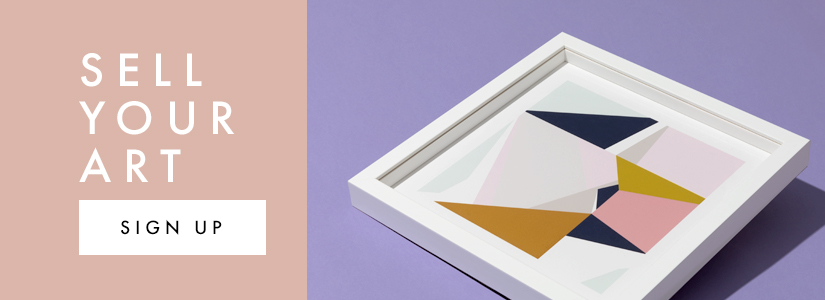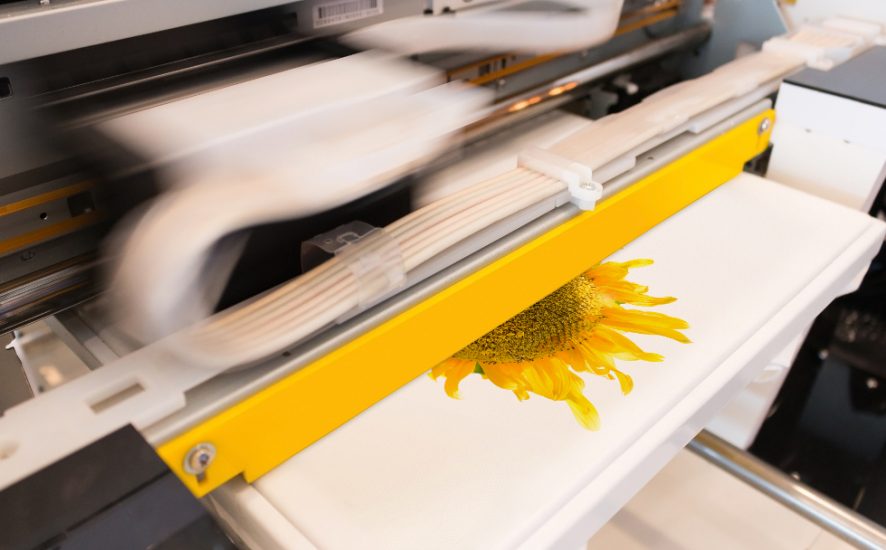Direct to garment printing, also known as DTG is a somewhat new printing technology which is becoming increasingly popular. It has multiple pros and cons, as with all printing methods, but what is direct to garment printing?
What is the Direct to Garment Printing Process?
The DTG process is pretty much exactly what it says. The inks are applied directly to the garment, which results in bright, full-colour designs. There are limitations though, DTG all-over printing is long, and arduous and often not a possibility, but DTG on t-shirts and hoodies produces great results, especially on 100% cotton products.
How to Print Direct to Garment
Direct to garment printing requires a specialist DTG printer, however, the setup cost after that is pretty small. The DTG printers work in a very similar way to your home printer, except you feed the clothing in rather than a sheet of paper. This means that beyond the garment and the ink, the set-up costs per item of clothing are very low. Same day DTG printing is highly achievable as it’s pretty much a one-step process once the artwork is approved. One of the major plus points of direct to garment printing is that white inks are used. With many alternative methods, the white areas of a design are left unprinted. This is fine for white fabric, but a little less than ideal when using a different colour.
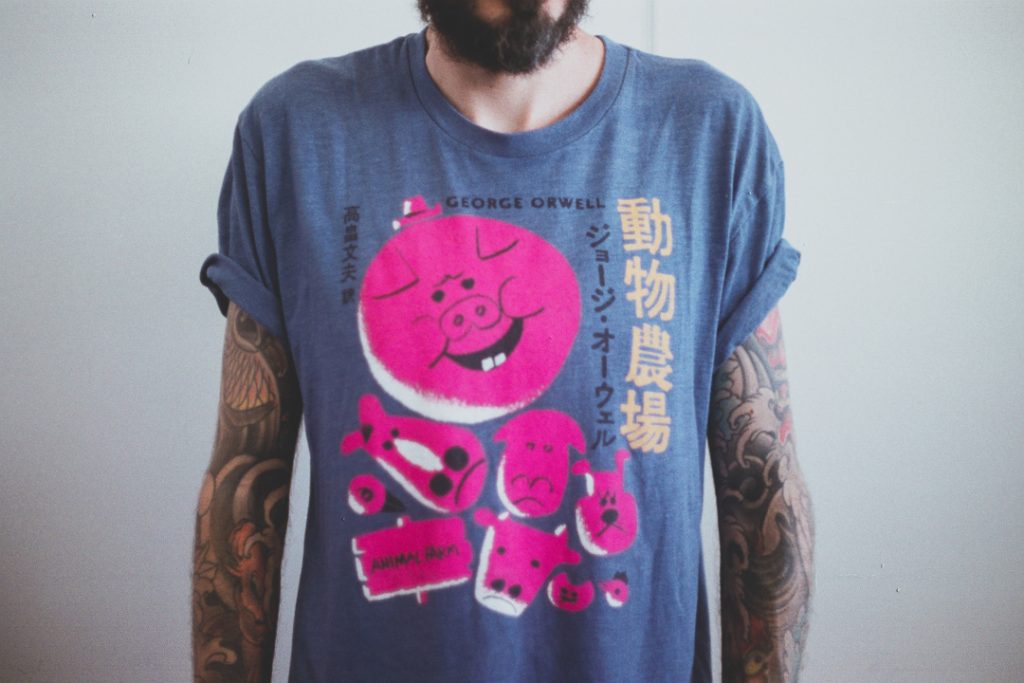
What is the Durability of Direct to Garment Printing?
Compared to other methods, direct to garment printing requires a little more aftercare. Clothing needs to be turned inside out before washing and requires a cold wash. You also shouldn’t add extra spins to your wash cycle. It isn’t recommended that you use a tumble dryer, and you ideally need to avoid ironing the printed area.
DTG vs. Screen Printing
- Print Runs – Direct to garment (DTG) printing is perfectly suited for short runs. Because you literally run the garment through the printer like a piece of paper, there’s no set-up cost per print.
- Details – DTG prints straight from your computer, making it great intricate details. Screen printing is much more manual and so fine lines are much trickier.
- Colours – DTG is able to print multiple colours at the same time. Screen printing does each colour one at a time and layers them. However, you can’t colour match with DTG and the screen-printed colours tend to be more vibrant.
- Longevity –Screen printing uses more opaque inks, which gives garments printed this way more washability. That being said, there are multiple pre-treatments that can help your DTG prints last longer. The aftercare for DTG is much more laborious.
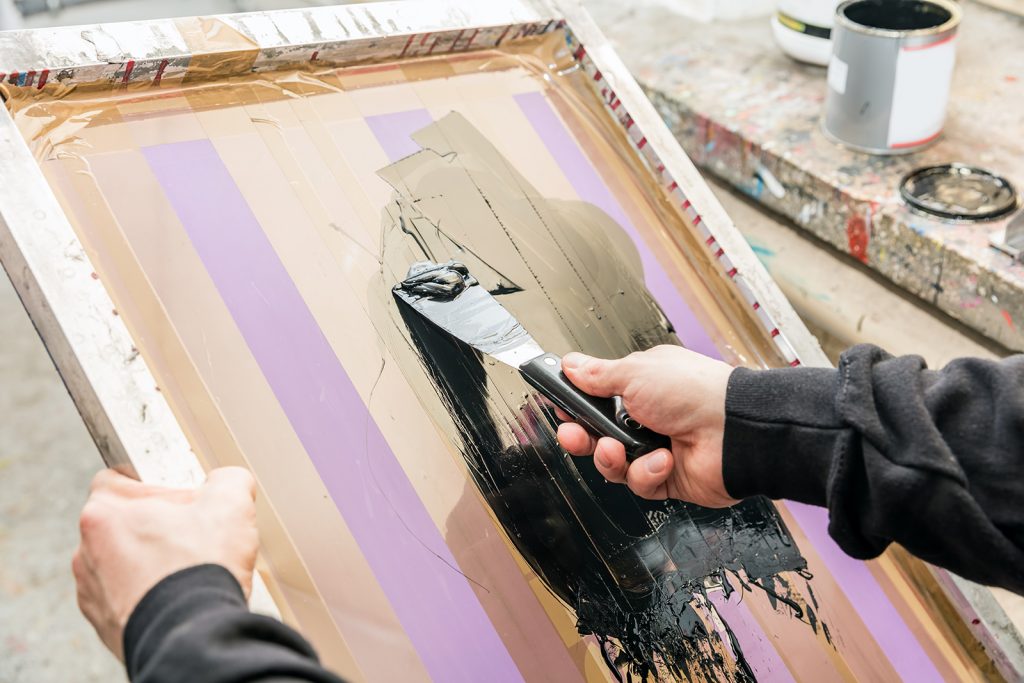
Direct to Garment vs. Dye Sublimation
- Print Runs – Both methods are well suited for small runs. Direct to garment printing is likely to be quicker if you’re only printing a few garments. DTG has a much smaller print area though than you get with dye-sub, which will happily produce an all-over print.
- Details – Both are digital printing methods, which puts them both pretty high up the list when it comes to their ability to print fine lines and intricate details. Due to the ink dispersing when applied to the garment, you may find DTG printing comes out more pixelated.
- Colours – One of the major advantages of direct to garment printing is that it uses white inks. When printing onto a white jumper, this will make little difference. But, when you start looking at blues and greens and even darker colours, DTG definitely has the advantage here. That being said, dye-sub printing has the ability to create gradients and fades. It also has a much broader colour palette overall.
- Longevity – Sublimation wins this one hands-down. The print becomes part of the garment itself. Due to the printing method of DTG, the laborious aftercare of such garments means that you need to be super-careful. Use only a cold wash, no tumble drying, no ironing and so on. If you mess this up, you can ruin your print.
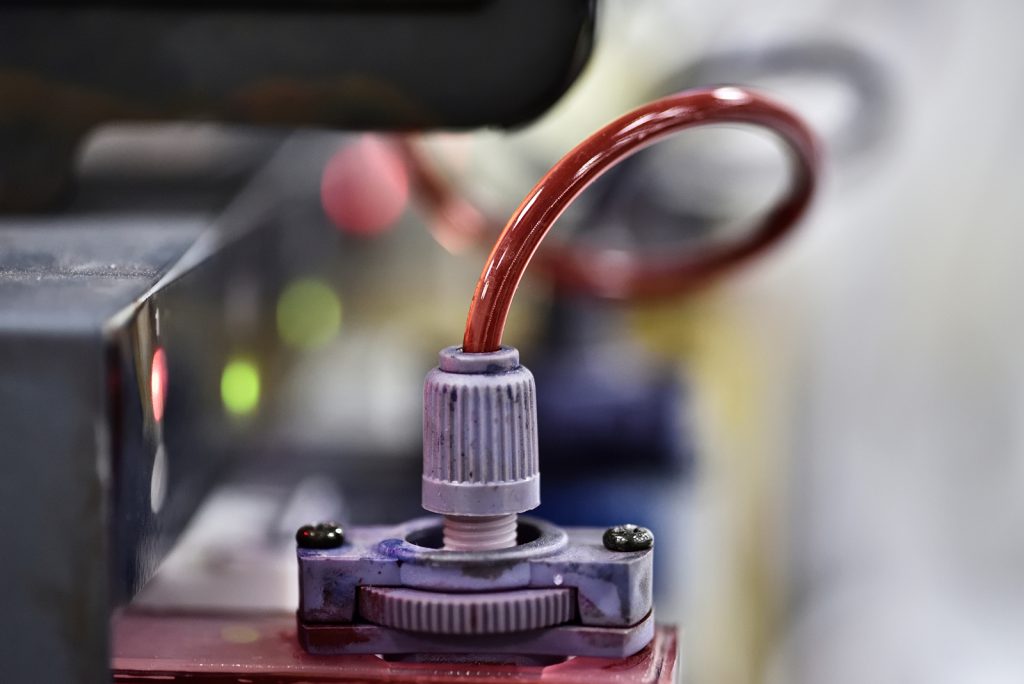
So, What is Direct to Garment Printing?
We are hoping that we have answered any questions that you might have had on the matter. To summarise, DTG prints directly onto the fabric itself. It’s superb for natural fabrics, in fact. it’s recommended to use a fabric of no more than 20% poly. It does use white inks, which is great for printing on darker colours. Low set up costs mean that small runs are a breeze. But. And there is always a but. The aftercare is arduous and not ideal, and if you don’t follow the strict guidelines you could ruin your print. Plus the images can become pixelated when printed.
